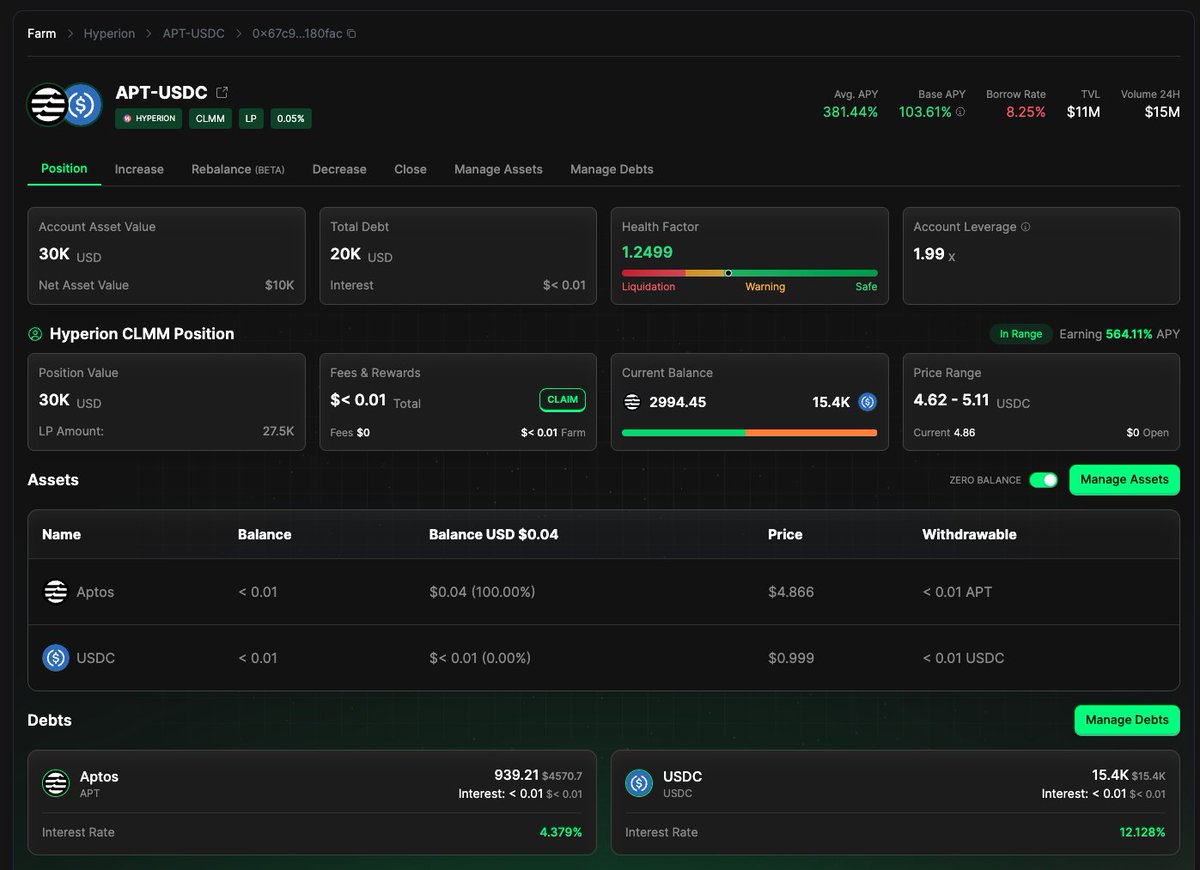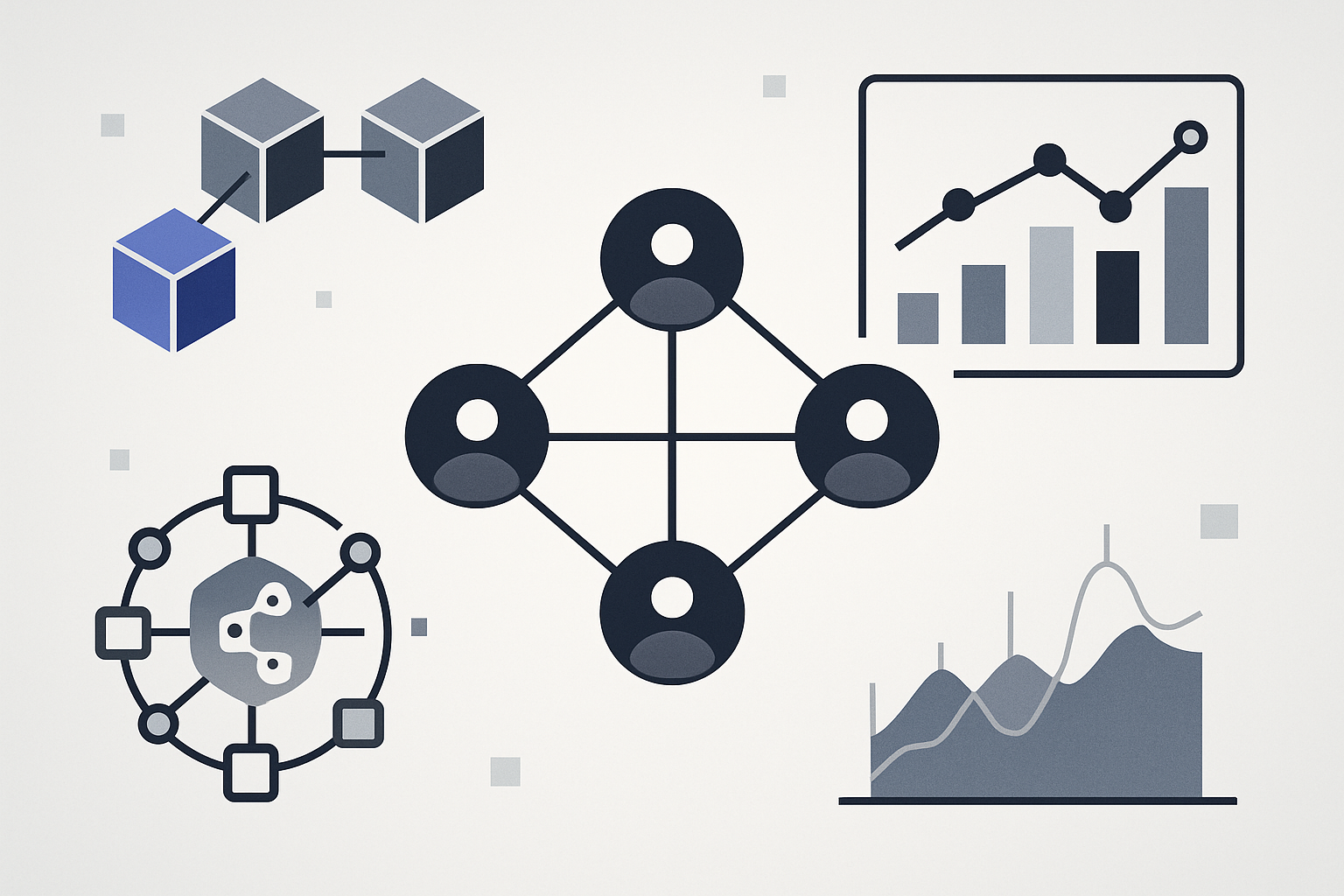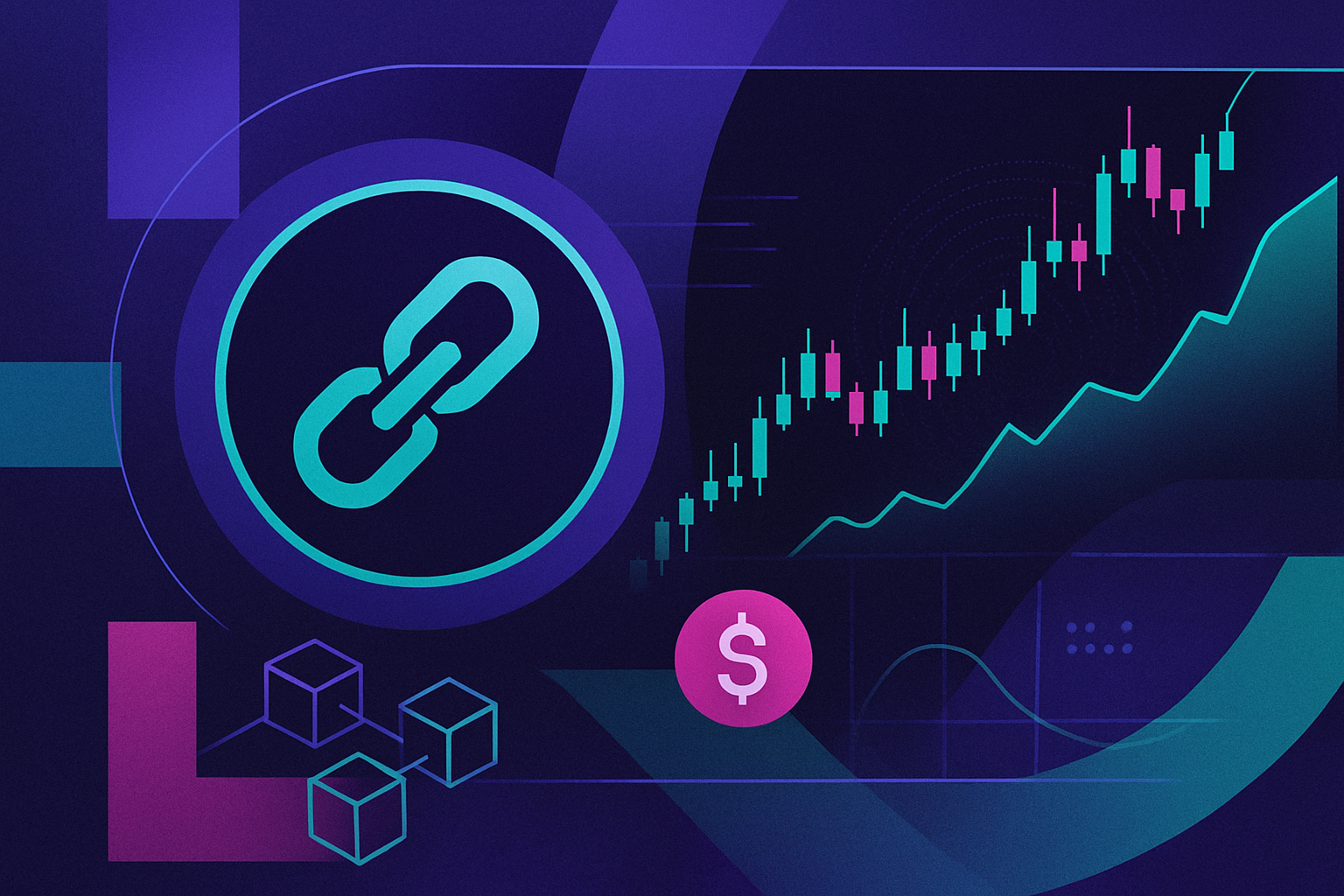
Speed has always been the holy grail for traders, but in the world of decentralized finance, it was long considered an unattainable luxury. That’s changing fast. The emergence of sub-second finality on blockchains like Aptos and Solana is not just a technical milestone – it’s fundamentally transforming how perpetual DEXs operate and compete with centralized exchanges (CEXs). By slashing confirmation times to mere milliseconds, these networks are unlocking new levels of execution speed, efficiency, and user experience that were previously out of reach in DeFi.

The Mechanics Behind Sub-Second Finality: Aptos and Solana
Aptos leverages its unique AptosBFTv4 consensus mechanism alongside the Block-STM parallel execution engine to achieve sub-second finality. This combination allows the network to process up to 160,000 transactions per second with confirmation times consistently under one second. Such throughput isn’t just theoretical; it’s being put into practice by new on-chain trading engines like Decibel, which use this infrastructure to deliver rapid order matching and settlement for perpetual contracts.
Solana, meanwhile, has built its reputation on low-latency performance. Its architecture supports transaction finality in less than 400 milliseconds. This real-time capability has catalyzed a wave of innovation among perpetual DEX protocols. Platforms such as UltraDex offer leverage up to 1500x with ultra-low fees, while Drift Protocol combines order books and AMMs with Just-in-Time liquidity auctions for highly efficient trade execution. Percolator leverages Solana’s speed for advanced analytics and seamless gas-free swaps.
Why Sub-Second Finality Matters for Perpetual DEX Traders
The impact of sub-second finality goes far beyond marketing claims about speed. For perpetual DEX traders, every millisecond counts – especially during periods of high volatility or when executing large orders that could move the market. Here are some tangible benefits:
- Reduced Slippage: Near-instant settlement means orders are filled at expected prices before the market can shift significantly.
- Tighter Spreads: Real-time execution enables more competitive order books and lower bid-ask spreads, narrowing costs for active traders.
- CEX-Level Performance in DeFi: With transaction speeds now rivaling or surpassing many CEXs, traders no longer need to compromise on decentralization versus speed.
- Lower Counterparty Risk: Fast settlement reduces the window for potential exploits or front-running attacks common in slower systems.
The New Wave of On-Chain Perpetual Trading Engines
This technical leap is fueling a new generation of DEXs built specifically to exploit these latency breakthroughs. For example, Decibel on Aptos demonstrates how an account-based model combined with rapid block times creates optimal conditions for fully on-chain order book matching, something previously thought impractical outside centralized venues. On Solana, UltraDex’s hybrid approach blends spot and perpetual trading under one roof with leverage options that would have been unthinkable only a year ago.
The common thread? Each platform is designed from the ground up to deliver CEX-level performance in a trustless environment, using sub-second finality as their competitive edge. This is not just about speed; it’s about expanding what’s possible in decentralized finance by making real-time execution accessible without sacrificing transparency or self-custody.
What Sets These Networks Apart?
Aptos and Solana stand out because they have solved the trilemma that plagues most blockchains: achieving high throughput without compromising security or decentralization. Their ability to maintain network robustness at scale while delivering sub-second confirmation times makes them uniquely suited for high-frequency trading applications, especially perpetual contracts where latency directly impacts profitability.
If you want a deeper dive into how unified collateral models and rapid settlement are shaping this space, check out our analysis here.
As more traders migrate to these ultra-fast DEXs, the distinction between centralized and decentralized trading venues is blurring. The days when DeFi meant slow, expensive, and unreliable execution are rapidly fading. Instead, we’re seeing a surge in institutional-style strategies, arbitrage, market making, and algorithmic trading, moving on-chain as Aptos and Solana deliver the infrastructure required for real-time order flow and risk management.
Top Perpetual DEXs Leveraging Sub-Second Finality
-

UltraDex (Solana): Offers both perpetual and spot trading with leverage up to 1500x, ultra-low fees, and lightning-fast execution enabled by Solana’s sub-second finality.
-

Drift Protocol (Solana): Utilizes a hybrid model combining order books, AMMs, and Just-in-Time (JIT) liquidity auctions for efficient, low-latency perpetual trading on Solana.
-

Percolator (Solana): Leverages Solana’s low-latency blockchain to deliver gas-free swaps, advanced analytics, and seamless perpetual trading experiences.
-

Decibel (Aptos): A fully decentralized trading engine built for speed and scale, Decibel brings sub-second finality to perpetual DEX trading on Aptos, enabling high-performance on-chain orderbook matching.
Risk management is also evolving. With sub-second finality, liquidation engines can respond almost instantly to market moves, reducing the risk of cascading liquidations or bad debt events that plagued earlier DeFi systems. This real-time responsiveness means that traders can deploy tighter stops, more dynamic hedges, and even multi-asset collateral strategies with greater confidence. As highlighted in recent research on multi-asset collateral models, platforms supporting both fiat and crypto assets as margin are now feasible thanks to these speed improvements, opening doors for more sophisticated portfolio construction in DeFi perps markets.
User Experience: The Final Frontier
Speed alone isn’t enough; user experience is now front-and-center. Perpetual DEXs on Aptos and Solana have invested heavily in intuitive interfaces that mirror the feel of top-tier CEXs while preserving self-custody. Features like gasless swaps (as seen on Percolator), advanced analytics dashboards, customizable order types, and one-click leverage adjustments are raising the bar for what traders expect from DeFi platforms.
Community sentiment has shifted accordingly. Early adopters who once tolerated clunky UIs and slow settlement for the sake of decentralization are now demanding both performance and usability, and platforms are responding in kind.
What’s Next for Perpetual DEX Sub-Second Finality?
The competitive landscape is only intensifying. As protocols race to deliver even faster execution and deeper liquidity pools, we can expect further innovation around:
- Unified collateral systems: Seamless margining across multiple asset types will become standard as speed removes technical barriers.
- Programmable risk controls: Real-time monitoring allows dynamic margin requirements tailored to volatility conditions.
- Composability: On-chain perps engines will increasingly integrate with lending protocols, stablecoins, and yield aggregators, creating new strategies for capital efficiency.
The bottom line? Sub-second finality on Aptos and Solana has redefined what’s possible for perpetual DEX trading. Traders no longer have to choose between speed and sovereignty, they can have both. As these networks continue to evolve, expect DeFi to attract not just crypto natives but also professional traders seeking CEX-level execution in a trustless environment.







